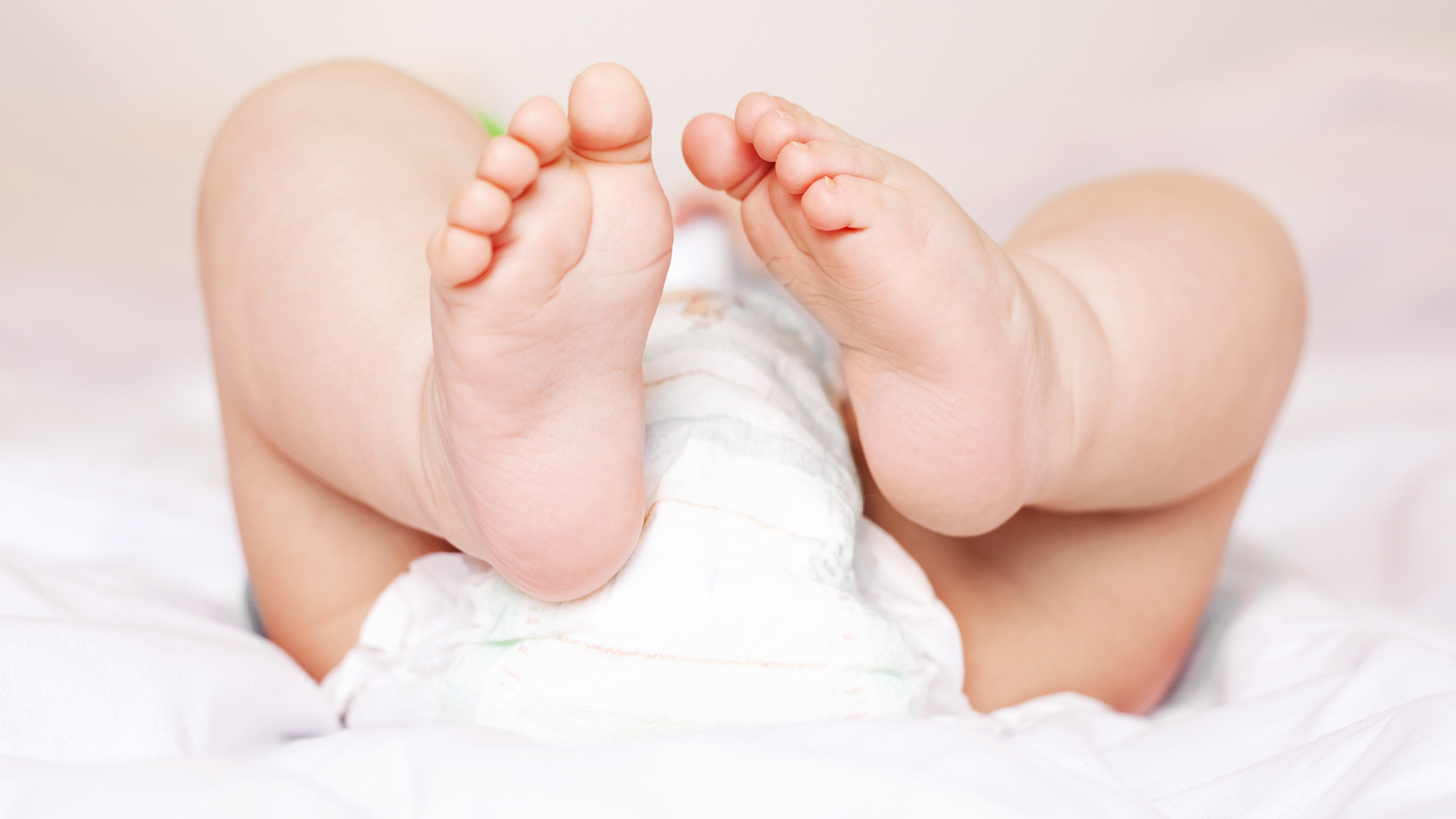Send your question to Umbra!
Q. I am about to have a baby. I had planned to use cloth diapers after the first two weeks, but given the California drought, I am not sure that is the best idea. I’ve read much of the literature about sustainability of cloth diapers over other alternatives, but given the state of emergency, I wonder if the benefits still hold over disposables.
Marisa R.
Irvine, Calif.
A. Dearest Marisa,
Congratulations on your impending bundle of joy! It sounds like you’re well-prepared for one of parenthood’s primary side effects: A 1,000-percent increase in the amount of time spent thinking and talking about poop. As diapers are about to become a major part of your life, it makes sense to get your strategy pinned down now.
The party line here at Ask Umbra is that disposables and cloth diapers are basically a draw, environmentally speaking. As spelled out in a comprehensive life cycle assessment from the British Environment Agency, disposable nappies create a much larger landfill burden, but cloth ones require much more water, both to grow and process the cotton and also to wash the diapers. However, a severe drought does indeed change the calculus here.
In a shortage such as the one plaguing California, water is precious — and the priority should be local water conservation. In these cases, then, conventional wisdom has it you’d do best with disposable diapers, thus eliminating the need for all those extra laundry loads. If this is a workable plan for your new baby’s bum, go forth and worry no more about your choice.
If you just can’t abide sending all those diapers to the landfill, there are steps you can take to reduce the impact associated with cloth diapers. Namely:
- Choose organic cotton reusables, which eschew the heavy load of pesticides and insecticides you get with conventional cotton.
- Wash only a full load whenever possible, and do it in a high-efficiency washing machine. Line-dry the nappies to save electricity in the dryer.
- Cut back on other water use in your home to help offset the laundry: Take shorter showers, check for and seal up leaks, implement the “if it’s yellow, let it mellow” rule, and consider a low-flow toilet. (Check out this forum discussion from other California moms for more great tips.)
You may also want to consider a newish hybrid option, Marisa: reusable diapers with flushable/compostable inserts. The idea is that you have to wash the outer diaper cover less frequently, conserving water over regular cloth options, while the inserts are diverted from the landfill. “Wet” inserts can be composted in a backyard pile, but the, er, solid variety go into the toilet and are flushed away for treatment. If you go this route, it’s worth making sure your plumbing and your local wastewater treatment plant can handle the stuff first, and know there is a knack to it.
Now — as cloth-diaper devotees will undoubtedly point out — there are all kinds of variables that may swing you back away from Team Disposable Hybrid. These include how much water your toilet uses per flush, how many flushworthy events your baby is producing daily, whether or not you have a high-efficiency washing machine, and how efficient your laundry habits are in general. I’ll leave it up to you to crunch these numbers for your household.
And finally, Marisa, no diaper chat is complete without a nod to “none of the above” option, or elimination communication. It takes some practice, but many parents swear by it — and I’d like to see the newfangled diapering option that can beat it in terms of eco-friendliness.
Maternally,
Umbra



